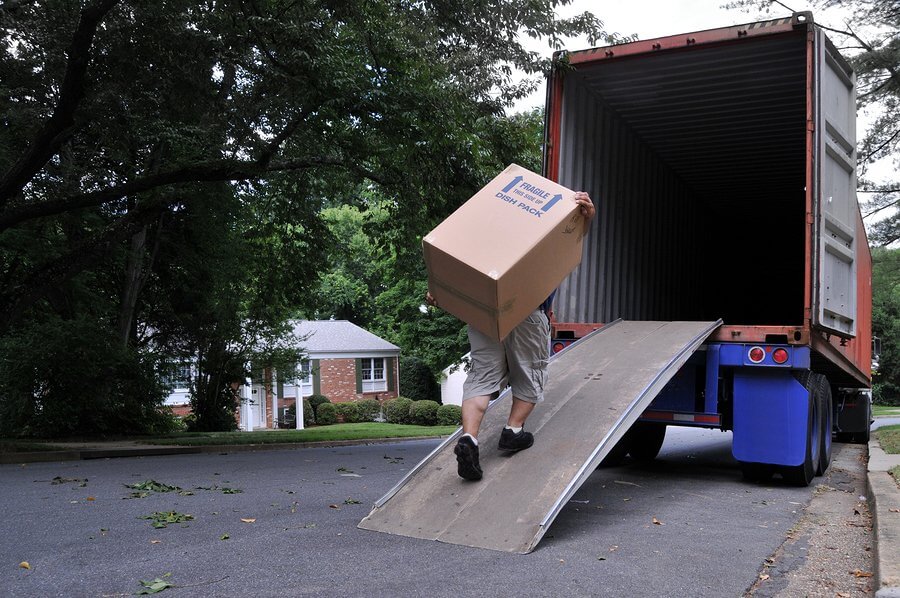Moving house motivates you to make some agonizing decisions about which of your possessions you should keep and which you should get rid of. Then, once you’ve made those decisions, a whole bunch of new decisions follow. For every item you’ve decided you no longer need, you have to decide what to do with it. Should you sell it? Donate it to charity? Put it in the rubbish bin?
There’s one more option that’s usually preferable to junking: recycling. In some cases, you can recycle things instead of throwing them away.
If you have items that aren’t worth selling or donating, recycling them is worthwhile for a number of reasons. Your recycled items will continue to be useful instead of cluttering up a landfill.
This is important, because, according to the academics, Australia is in the midst of a waste crisis. More than 20 million tonnes of garbage end up in Australian landfills annually. NSW is running out of suitable landfill space. Waste Management Review reports that there isn’t any other land in the state that has been allocated for creating new waste management facilities.
The problem extends well beyond Australia. There are about 7.7 billion people on earth, and earth’s population is increasing with each passing day. Each of these 7.7 billion people produces waste, and the amount of garbage being produced is growing. This raises an important question: Where will we put it all in the future?
Recycling helps to keep useful materials from accumulating in landfills. It simply makes good environmental sense to recycle.

Here are 5 of the things that can easily be recycled in Australia:
1. Mattresses
If you plan to buy a new mattress, it is wise to recycle your old one. Soft Landing is a non-profit organisation that diverts old mattresses from landfills, recovers the materials from them and recycles up to 75 percent of the recovered material. Recovered steel mattress springs can be transformed into other products including roofing material. Recovered mattress foam can be transformed into carpet underlay. Waste Management Review reports that, as of June 2018, Soft Landing had diverted an estimated 440,000 cubic meters of material from landfills.
Got a mattress to dispose of? Take it to one of their drop-off and collection locations.
2. Televisions, Computers, Monitors and Printers
Has your TV set reached the end of its useful life? Maybe you’re planning to get a new computer, and you’d rather get rid of your old one than pay to move it. If you have outdated electronic items such as TV sets, computers, laptops, monitors, tablets, printers or scanners that you’d like to get rid of, these can all be recycled through a service called TechCollect. TechCollect has multiple locations throughout Australia.
3. Ikea Furniture
Ikea is piloting a furniture take back programme in Tempe, an Inner West Sydney suburb in NSW. How it works: If you have unwanted Ikea furniture, you take pictures of it and fill out a form. After you upload this information, staff at Ikea will respond. If your item is approved for the take back service, they will notify you of its valuation. If you agree to that valuation, you can take the item to the Tempe location. In exchange, they’ll give you a voucher for the agreed-on amount that you can spend at the Tempe Ikea store.
4. Office Supplies
You can recycle office supplies through Terracycle.com. They accept a broad variety of different items including calendars, files and many other types of non-electronic, non-hazardous office supplies.
5. Carpet Tiles Made by Selected Manufacturers
Most carpets are not easily recyclable in Australia. However, there are a few exceptions. Certain manufacturers, including Above Left, Ontera and Cavalier Bremworth, offer their customers “take back” programmes for some of the carpet tiles they have manufactured. If you have carpet tiles from any of these manufacturers that you no longer need, contact the manufacturer for details on if and how your tiles can be recycled.
What to Do With Other Items That Aren’t Easily Recycled
Even if an item can’t easily be recycled, you have options other than throwing that item away. You can use Freecycle.org to find people who might want to have the items you longer need.
Don’t automatically assume that imperfect items need to be junked. If you have chipped and broken china dishes, you could give them to a mosaic artist to use for transforming into beautiful new art pieces. A quilter may be able to make use of old cotton sheets, linens or clothing items that have tears or other imperfections; s/he could transform them into lovely new quilts. So, think creatively about how you could prolong the useful lifespan of your items, even if you don’t happen to need them any more.


